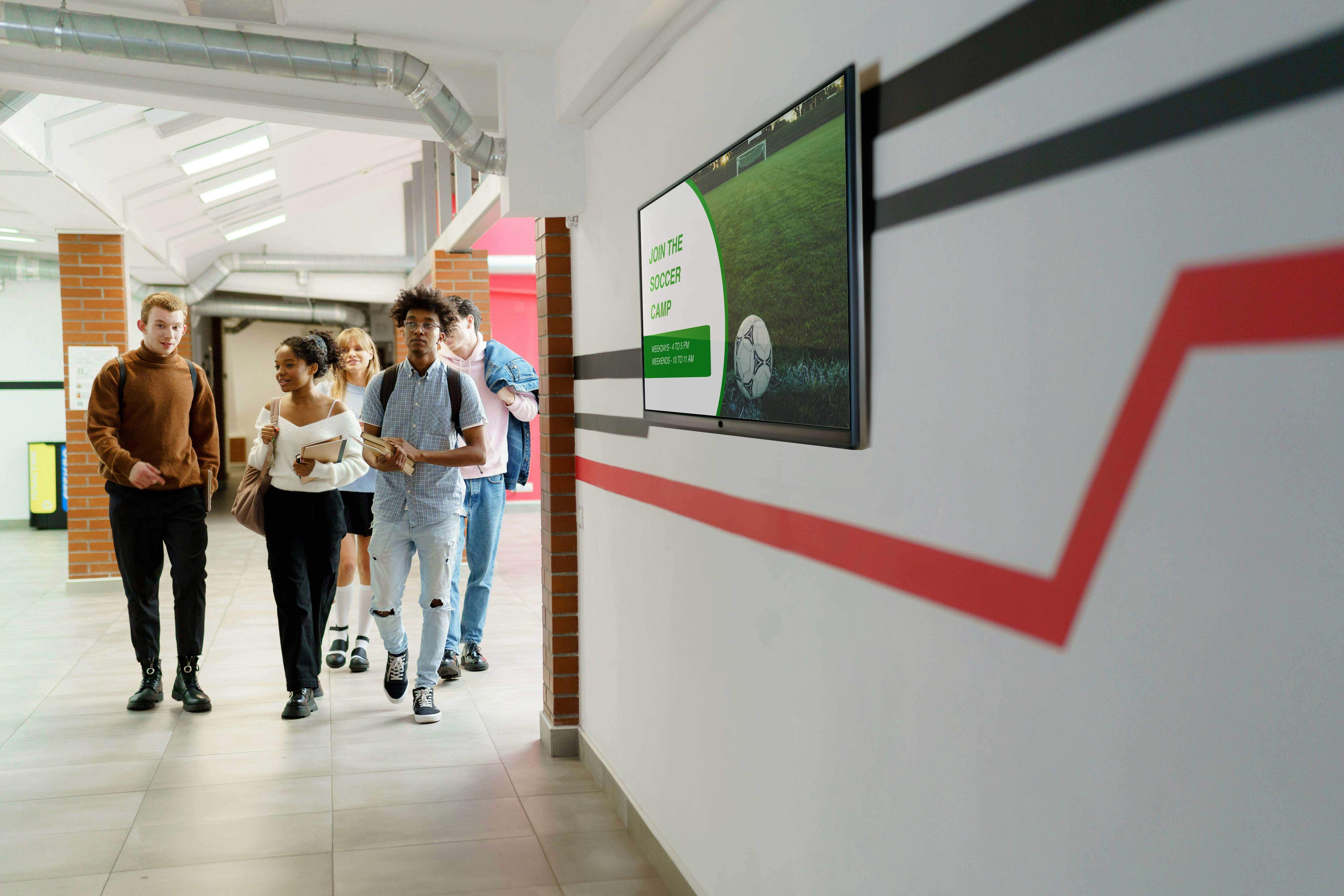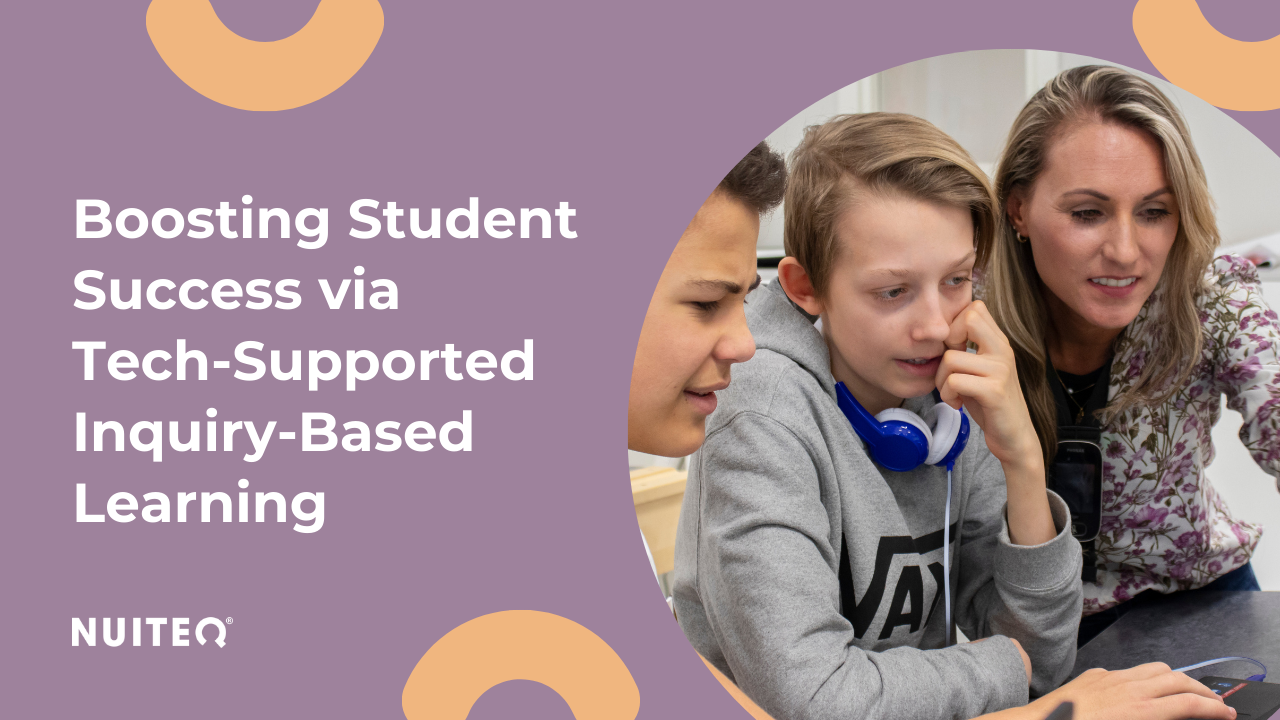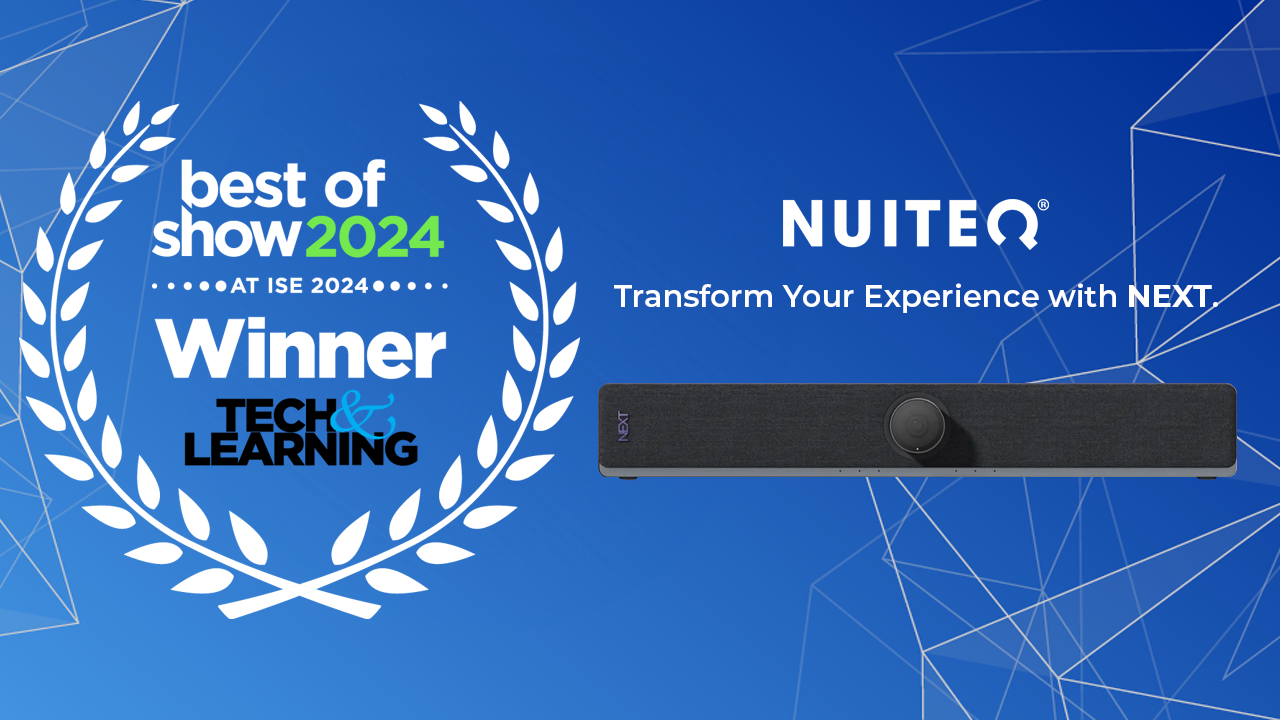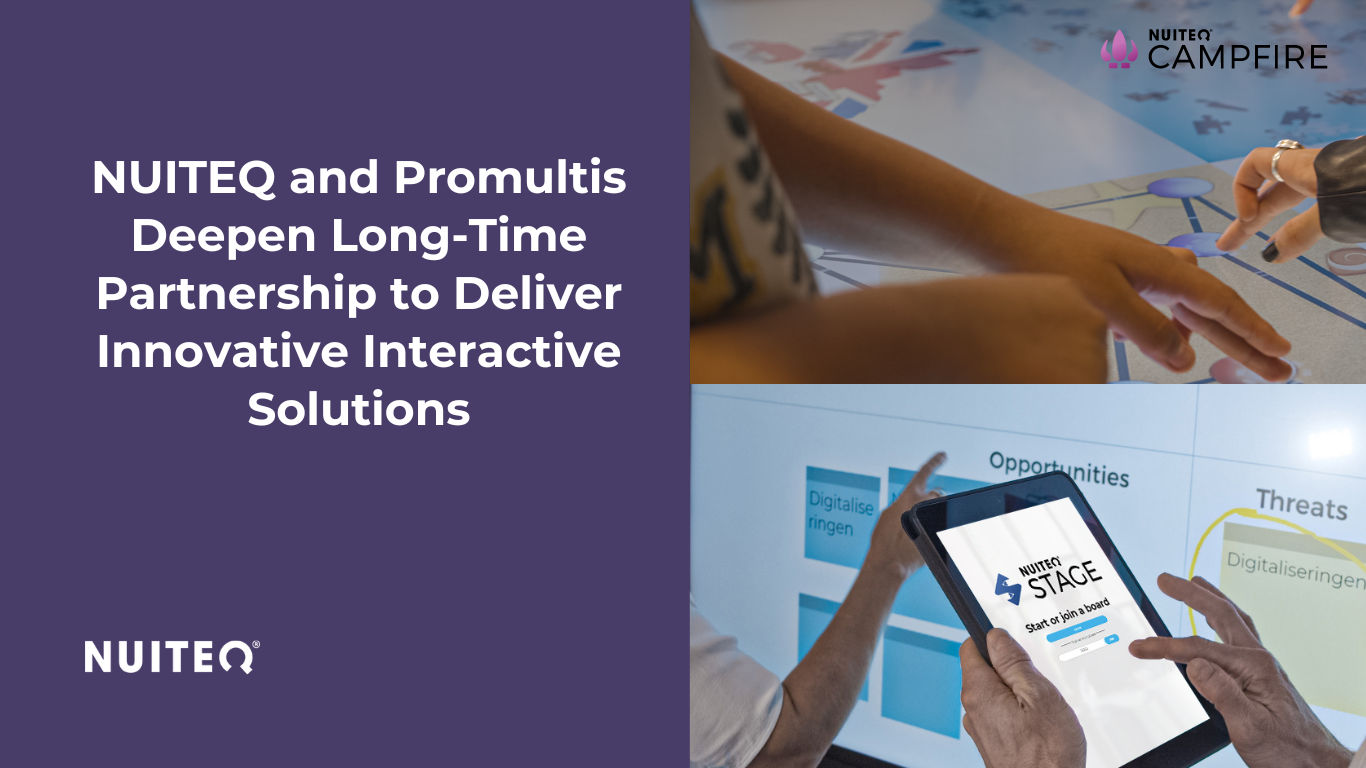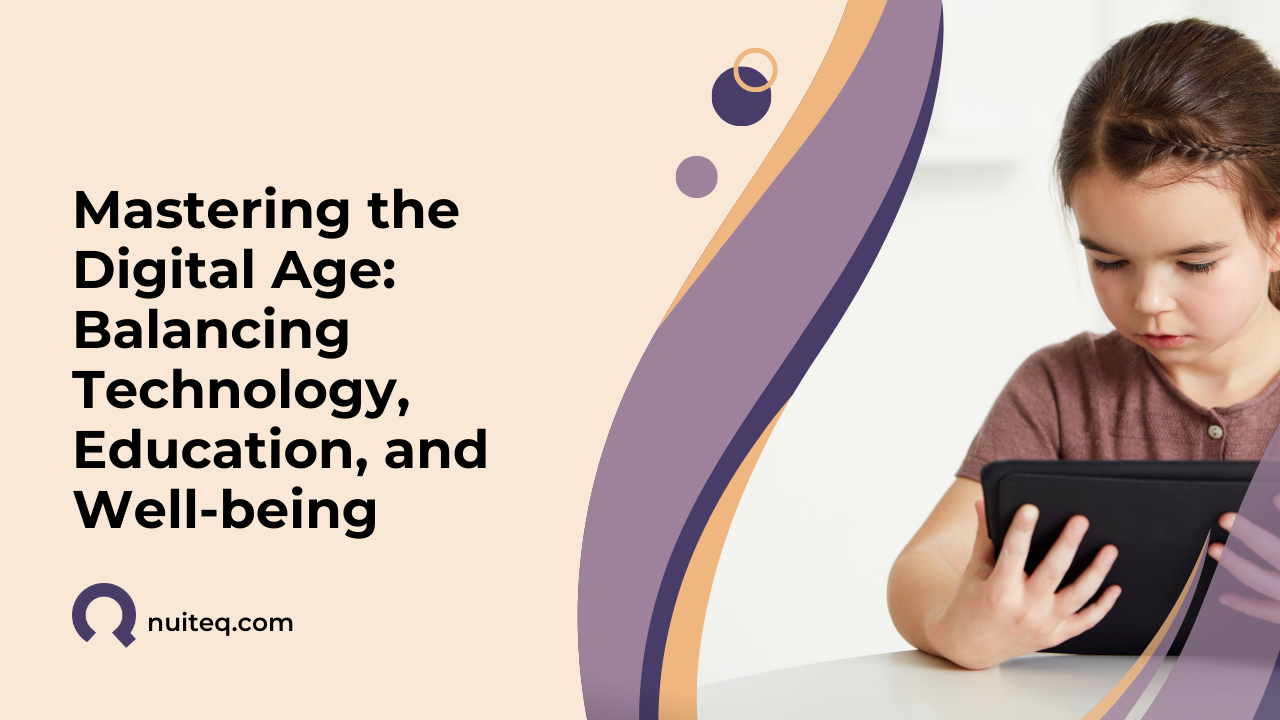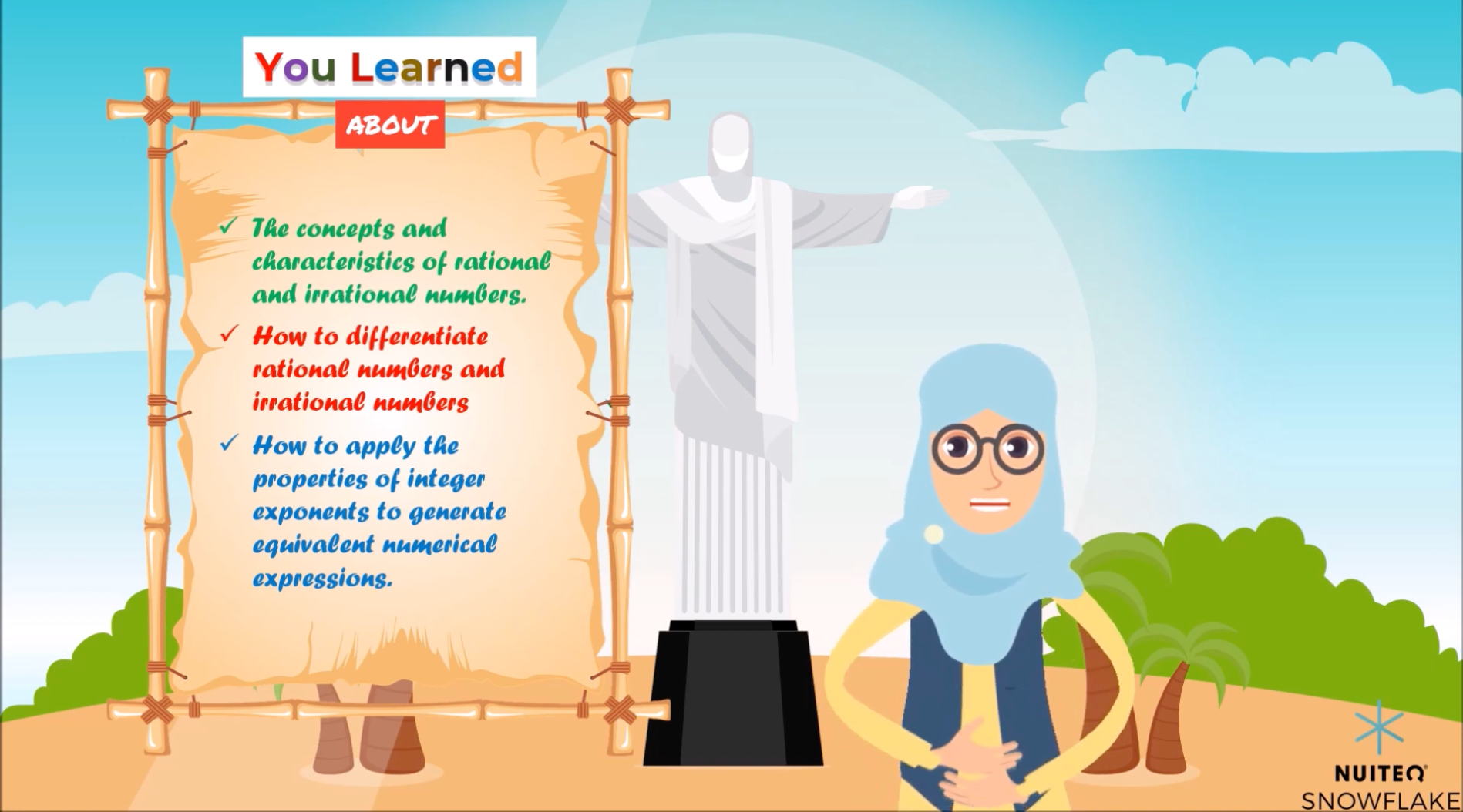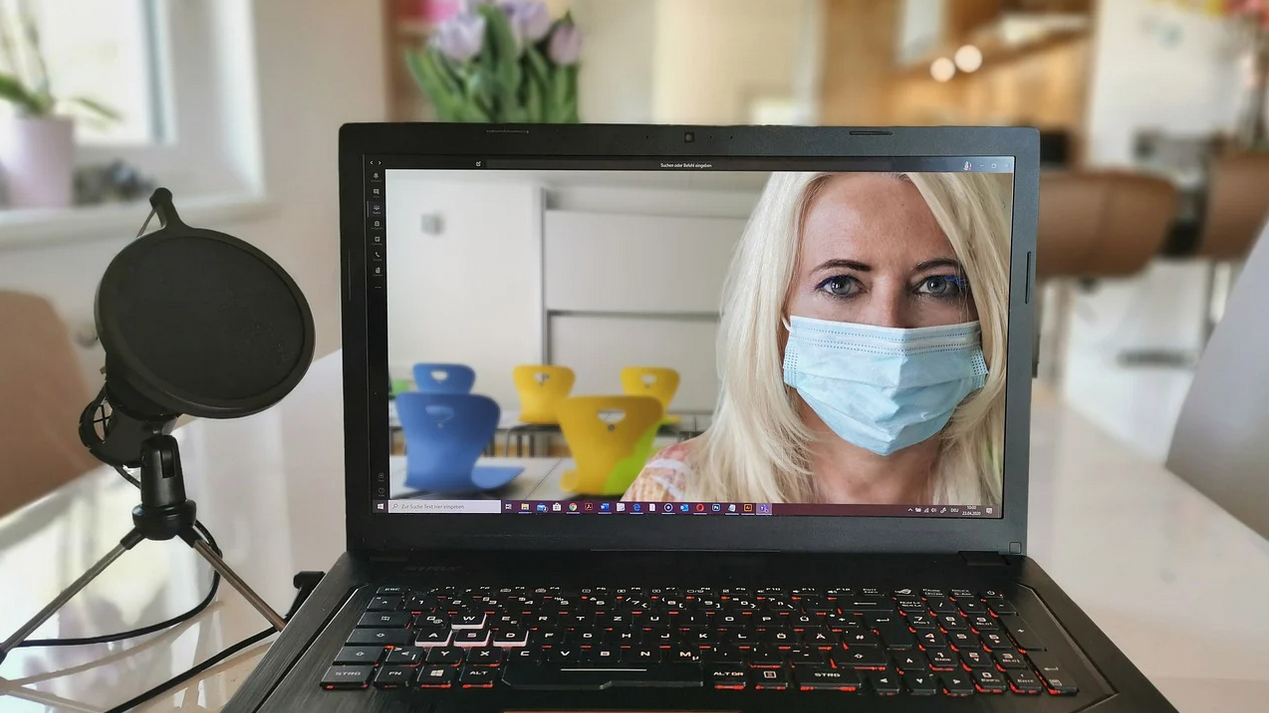The educational blog and resources website Edutopia published an article with a list of useful ways for teachers to check for student understanding. The ability to know at any time during a lesson if students have understood a concept can be a very helpful formative assessment tool in a teacher’s toolbox, as it allows them to make adjustments, explain the concept in more detail or go over it again. This way, students stand a greater chance of absorbing the knowledge in a meaningful way and building on it.
One of the ways listed in the Edutopia article is asking students to create their own quiz: “Students can write a set of test questions related to the lesson they’ve just had, then pick two of them to answer in a paragraph, Finley suggests. For a twist, consider having students trade papers to answer each other’s questions.”

Student creation is not only an excellent formative assessment tool, as Edutopia states; it can also promote knowledge retention, lead to greater academic performances and allow students to engage with concepts in a way that is relevant to their own interests. Instead of engaging in passive listening and shallow retention, students must process the information provided to them by the teacher in a way that makes sense to them, connect it to what they already know and to their own experiences, and figure out the most important parts of what they’ve learned and turn them into instruction for their peers. This not only puts students in the driver’s seat and gives them ownership of their own learning (which, in turn motivates them to keep learning), it also helps them develop a more complex way of thinking as well as their creativity, critical thinking and analytical skills, which are all important 21st century skills.
Moreover, student creation aligns with the Universal Design for Learning guidelines, as it gives students multiple ways to express their understanding: Students’ own interests and learning styles can inform their creations, and the ability to use different ways to show understanding can foster inclusivity and accessibility.
These multiple ways of expression have an added benefit: it encourages students to reflect on how to best reach out to their audience, which hones their communication skills. Everything, from language to multimedia, must be carefully considered. Students get to practice these communication skills, and, if technology is involved, develop their digital literacy.
As students’ own interests guide the way they create, there is ample opportunity for personalization. When students see the relevance of a topic for their own lives they are more likely to be engaged and active - which may lead to delving even deeper into a topic and developing life-long passions.
Last but not least, student creation is fun! Creating a permissive environment where students get to explore topics freely, with a number of tools at their disposal, turns them into innovators.
NUITEQ Chorus is a digital makerspace; a dynamic space where students can be innovative and use their creativity to show mastery of concept on a deeper level. Built with the Universal Design for Learning principles in mind, Chorus allows teachers to turn students from passive consumers to active learners. Students can use multiple tools to express themselves and their knowledge: from videos, images, and audio, to the interactive Symphony whiteboard with its multitude of tools, and lesson activities, Chorus provides the versatility students need in order to be innovative.
Allowing student creativity to flow freely in the NUITEQ Chorus digital makerspace can be a great way for teachers to gauge students’ mastery of content in order to adjust their instruction. This way, learning outcomes will improve and students’ motivation to learn will increase.

 3-in-1 Mic
3-in-1 Mic

